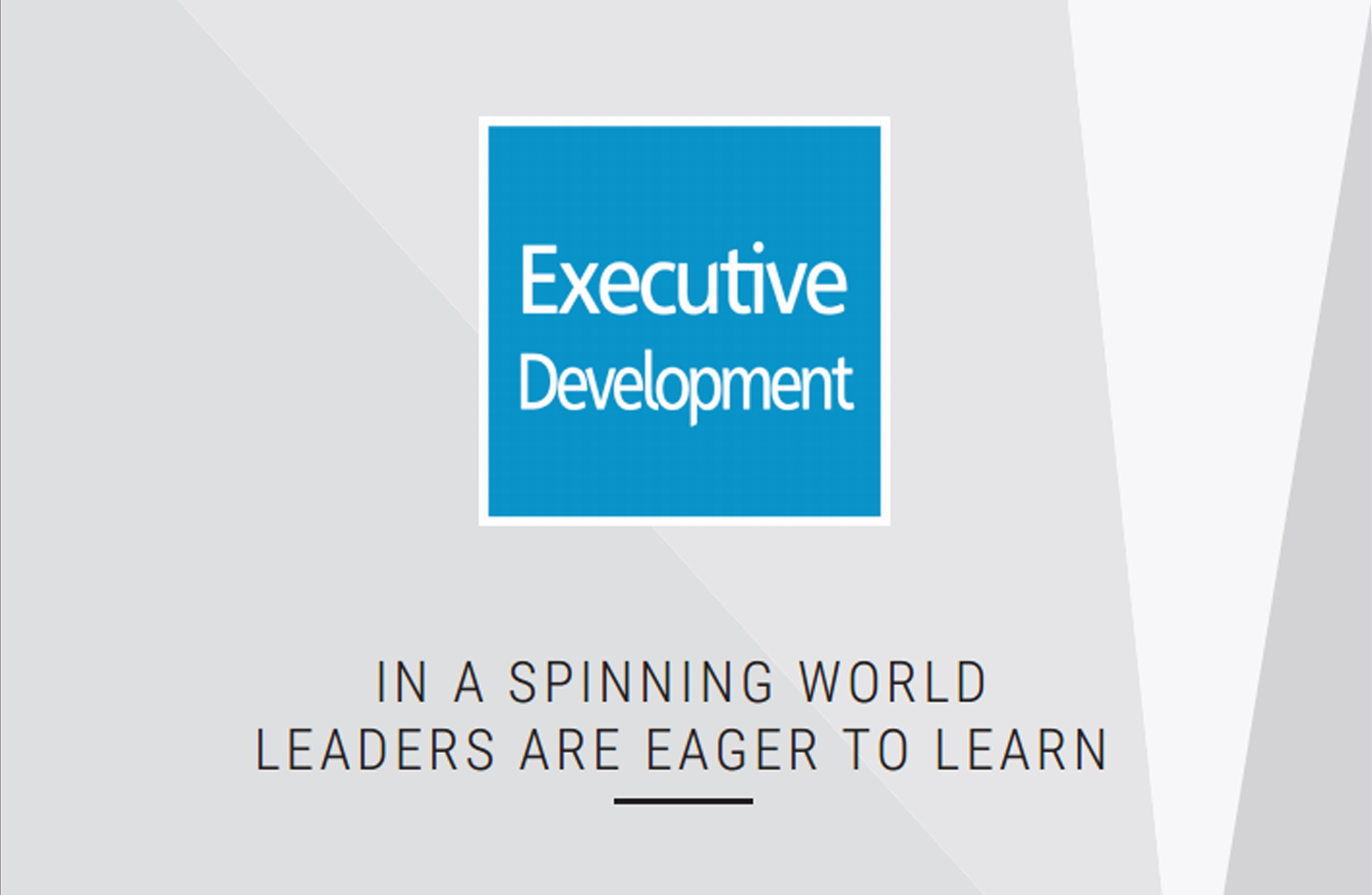Designing Cause-Related Marketing Campaigns that Work
By Vlachos Pavlos A., Assistant Professor of Marketing, Academic Director of The ALBA MBA
Cause related marketing (CRM) has become a standard activity for most brands, with cause sponsorship projected to reach, in the United States only, $1.92 billion in 2015. Formally, CRM can be defined as a marketing incentive technique whereby an organization makes a monetary or non-monetary contribution to a cause each time consumers transact with the firm.
According to several authors, CRM creates a win-win situation for both the sponsoring organization and the cause, since it provides several types of support to worthy causes and at the same time helps companies increase short-term sales, better manage their image and overall gain a competitive advantage over often formidable rivals.
On the other hand, there are scholars who refute the idea that CRM results in a win-win situation. For example, it has been found that CRM reduces people’s willingness to make direct donations to charities, as people feel that through supporting CRM, they fulfill their philanthropic duties. By synthesizing research on this topic, one can conclude that the next key challenge for CRM campaigns is how to minimize skepticism. Indeed, CRM initiatives may backfire if consumers infer ingenuine motives.
Therefore, companies are caught in a paradoxical, Catch-22 situation, where on the one hand consumers demand more CRM whereas on the other hand making them aware of these initiatives is a risk factor since knowing makes them infer profit and not values-driven motives. So, what should companies do in order to design successful CRM initiatives? A Decalogue synthesizing the most recent research findings follows:
- Be authentic and approach the cause with genuine care. For this to happen, make sure to involve your employees (i.e., follow an inside-out approach) in the design and execution of the CRM activity. Simply, make them ambassadors of the campaign by choosing causes with which they identify with; don’t choose causes that the CEO wants to support. Research shows that CEOs might use CRM to influence board members who are affiliated with certain causes.
- Do not refute the existence of strategic-driven motives behind CRM initiatives; on the contrary, subtly recognize their existence. Make sure to communicate to consumers that you primarily do it because your employees care. This has obvious organizational strategic outcomes (i.e., employee morale, organizational pride etc.)
- Pending upon your employees’ wants, choose local causes namely causes that support consumers’ in-group. According to Niebhur (1932, p. 28), “no man will ever be so intelligent as to see the needs of others as vividly as he recognizes his own”. Therefore people exhibit egocentric tendencies, so choosing local causes appeals to those tendencies.
- Pending upon your employees’ wants, choose causes that address primary (i.e., basic human needs) vs. secondary needs.
- Pending upon your employees’ desires, choose causes that address sudden disasters vs. ongoing tragedies.
- Pending upon your employees’ wants, frame your communications around in-kind and not monetary contributions. Monetary contributions are okay but in-kind contributions increase perceptions of company effort (i.e., the company has put lots of effort in helping the cause and therefore truly cares).
- Pending upon your employees’ wants, give choice to consumers. Let themchoose partner charities. This increases perceptions of involvement, which in turn increases consumer acceptance.
- Pending on your employees’ desires, choose causes that have high fit with your brand (e.g., if you are a toy store partner with charities that help kids).
- Explain all the above to your employees. Let them
- Pre-test the potential of the CRM initiative using marketing research.
article first appeared in Business Partners magazine, 2015 issue




